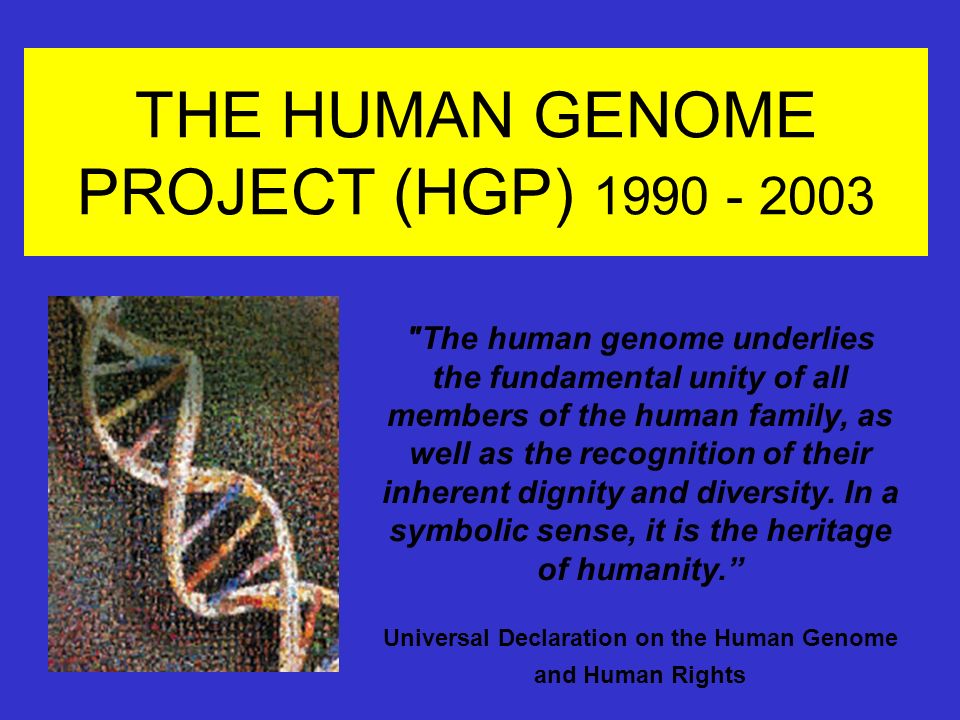Zoology Notes On – Human Genome Project – For W.B.C.S. Examination.
Human Genome Project (HGP), an international collaboration that successfully determined, stored, and rendered publicly available the sequences of almost all the genetic content of the chromosomes of the human organism, otherwise known as the human genome.Continue Reading Zoology Notes On – Human Genome Project – For W.B.C.S. Examination.
The Human Genome Project (HGP), which operated from 1990 to 2003, provided researchers with basic information about the sequences of the three billion chemical base pairs (i.e., adenine [A], thymine [T], guanine [G], and cytosine [C]) that make up human genomic DNA (deoxyribonucleic acid). The HGP was further intended to improve the technologies needed to interpret and analyze genomic sequences, to identify all the genes encoded in human DNA, and to address the ethical, legal, and social implications that might arise from defining the entire human genomic sequence.
Prior to the HGP, the base sequences of numerous human genes had been determined through contributions made by many individual scientists. However, the vast majority of the human genome remained unexplored, and researchers, having recognized the necessity and value of having at hand the basic information of the human genomic sequence, were beginning to search for ways to uncover this information more quickly.
Because the HGP required billions of dollars that would inevitably be taken away from traditional biomedical research, many scientists, politicians, and ethicists became involved in vigorous debates over the merits, risks, and relative costs of sequencing the entire human genome in one concerted undertaking. Despite the controversy, the HGP was initiated in 1990 under the leadership of American geneticist Francis Collins, with support from the U.S. Department of Energy and the National Institutes of Health (NIH). The effort was soon joined by scientists from around the world. Moreover, a series of technical advances in the sequencing process itself and in the computer hardware and software used to track and analyze the resulting data enabled rapid progress of the project.
Technological advance, however, was only one of the forces driving the pace of discovery of the HGP. In 1998 a private-sector enterprise, Celera Genomics, headed by American biochemist and former NIH scientist J. Craig Venter, began to compete with and potentially undermine the publicly funded HGP. At the heart of the competition was the prospect of gaining control over potential patents on the genome sequence, which was considered a pharmaceutical treasure trove. Although the legal and financial reasons remain unclear, the rivalry between Celera and the NIH ended when they joined forces, thus speeding completion of the rough draft sequence of the human genome. The completion of the rough draft was announced in June 2000 by Collins and Venter.
The Human Genome Project has transformed biology through its integrated big science approach to deciphering a reference human genome sequence along with the complete sequences of key model organisms. The project exemplifies the power, necessity and success of large, integrated, cross-disciplinary efforts – so-called ‘big science’ – directed towards complex major objectives. In this article, we discuss the ways in which this ambitious endeavor led to the development of novel technologies and analytical tools, and how it brought the expertise of engineers, computer scientists and mathematicians together with biologists. It established an open approach to data sharing and open-source software, thereby making the data resulting from the project accessible to all.
The genome sequences of microbes, plants and animals have revolutionized many fields of science, including microbiology, virology, infectious disease and plant biology. Moreover, deeper knowledge of human sequence variation has begun to alter the practice of medicine. The Human Genome Project has inspired subsequent large-scale data acquisition initiatives such as the International HapMap Project, 1000 Genomes, and The Cancer Genome Atlas, as well as the recently announced Human Brain Project and the emerging Human Proteome Project.
Please subscribe here to get all future updates on this post/page/category/website


 Toll Free 1800 572 9282
Toll Free 1800 572 9282  mailus@wbcsmadeeasy.in
mailus@wbcsmadeeasy.in



















































































































